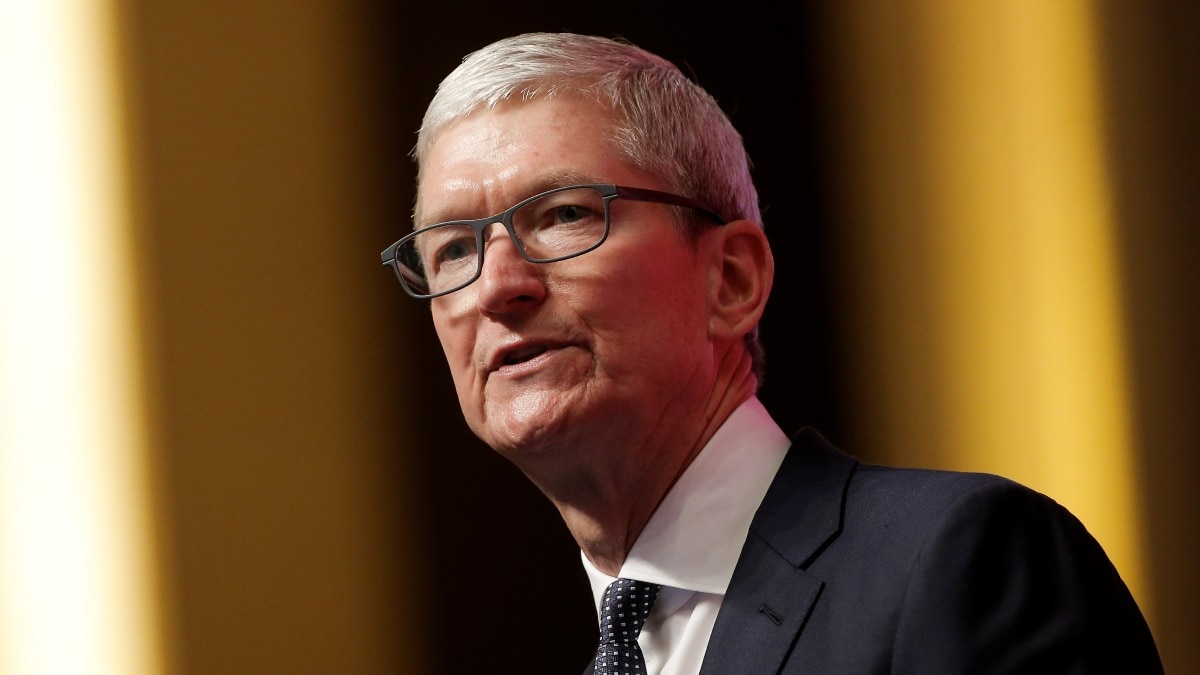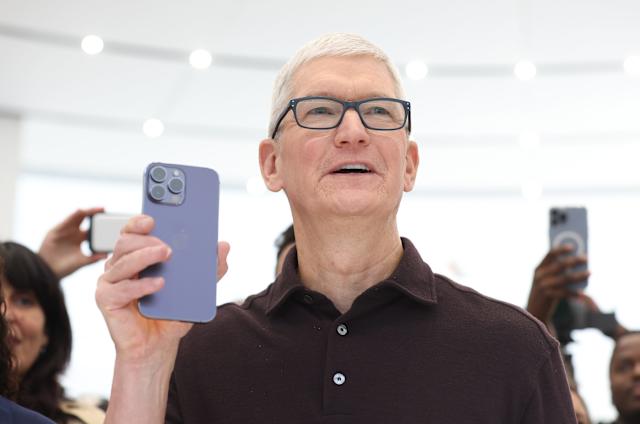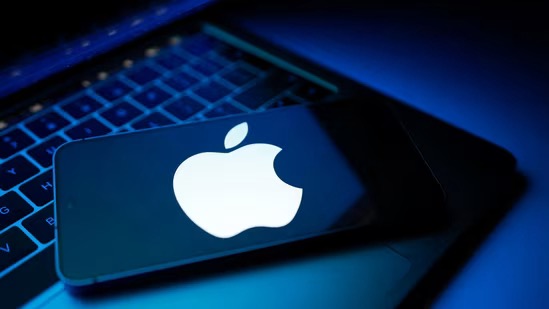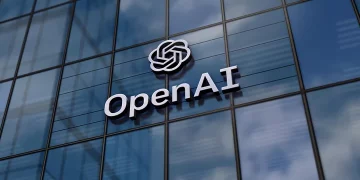Apple, long known for meticulous planning and tightly controlled corporate transitions, is reportedly accelerating its CEO succession efforts as speculation grows that Tim Cook may step down as soon as next year. While Cook has not publicly confirmed any retirement timeline, multiple indicators suggest that Apple is preparing for a leadership change designed to be orderly, strategic, and aligned with its long-term ambitions.
For over a decade, Tim Cook has been the steady hand guiding Apple through some of its most profitable and transformative years. Taking over from Steve Jobs in 2011, Cook expanded the company’s global footprint, oversaw the rise of the Apple Watch and AirPods, and steered the business through turbulent periods such as supply-chain disruptions, regulatory scrutiny, and the industry-wide push toward artificial intelligence. Now, at 65, Cook is approaching an age at which many executives begin contemplating retirement, and insiders say Apple wants to ensure a smooth transition well before any such announcement becomes official.

The reported fast-tracking of succession planning appears to be both proactive and deliberate. Apple is notoriously careful when it comes to leadership changes—particularly at the top—and prefers to cultivate internal executives who understand the company’s culture, secrecy, and long-term product vision. In keeping with that tradition, the leading candidate to succeed Cook is widely believed to be John Ternus, Apple’s Senior Vice President of Hardware Engineering. Ternus has been with the company for over two decades and has been instrumental in the development of major product lines, including the iPhone, Mac, and Apple Watch. His deep technical background and extensive experience overseeing hardware teams would position him as a natural successor in an era when hardware-software integration continues to drive Apple’s competitive advantage.
Ternus’s rise in visibility within Apple has not gone unnoticed. Over the past few years, he has appeared more frequently in Apple keynote events and public presentations, often discussing new product innovations. This increased exposure has fueled speculation that the company has been grooming him for a more significant leadership role. While Apple has several strong internal executives, including Craig Federighi and Deirdre O’Brien, Ternus stands out for his long track record, operational consistency, and alignment with Apple’s design-first philosophy.
Apple’s succession planning is also unfolding amid broader leadership transitions within the company. Earlier this year, long-time Chief Operating Officer Jeff Williams retired after nearly three decades at Apple. Williams had once been considered a top contender for the CEO role, and his departure reshaped the internal leadership landscape. His successor, Sabih Khan, now serves as COO, signaling Apple’s commitment to continuity and internal promotion. Williams’s exit also led to organizational changes, including tighter integration between operations and design—a shift that may indicate Apple is refining its structure in anticipation of a new era of leadership.
Why the apparent urgency now? Several strategic considerations come into play. Apple’s product cycle for the coming year is expected to be pivotal, with major updates across its hardware lineup and ongoing expansion into software services and artificial intelligence. By accelerating succession plans, Apple ensures that the incoming CEO has time to settle into the role before these milestone events. If Cook were to announce his retirement early next year, the successor could take the stage for major events like the Worldwide Developers Conference in June or the fall iPhone launch—cementing their leadership in front of the developer community, consumers, and investors.
Additionally, Apple’s board prefers to communicate stability to shareholders, particularly during times of technological transition. The company is navigating an increasingly competitive AI landscape and facing regulatory pressures in the U.S. and Europe. A well-managed leadership transition would help maintain market confidence and avoid the disruptions that can follow abrupt leadership changes at multinational firms.
Cook’s potential departure also raises questions about Apple’s direction in the post-Cook era. Under his leadership, the company prioritized operational excellence and expansion of services, turning Apple into one of the world’s most valuable and diversified technology firms. A new CEO could bring a slightly different focus, perhaps placing greater emphasis on innovation in emerging categories like spatial computing, AR/VR, health technology, or deeper AI integration. However, given Apple’s cultural preference for continuity, any successor—especially one promoted from within—is likely to follow the company’s existing long-term strategy rather than pursuing radical shifts.
Even as speculation intensifies, Apple remains publicly silent on Cook’s future. The company has historically kept leadership plans confidential until the final moment, revealing major executive transitions only when the timing aligns perfectly with product cycles and internal readiness. If Apple follows its established pattern, any announcement regarding Cook’s retirement would likely come shortly after a major earnings call or product milestone, providing a natural opportunity to reassure investors about the transition.
For now, what seems certain is that Apple is preparing for change at the highest level. Whether Cook steps down next year or opts to remain longer, the groundwork for a seamless transition is clearly underway. As Apple continues to push into new technological frontiers, its next CEO will inherit not only one of the most influential roles in global business but also the responsibility of maintaining the company’s tradition of innovation, secrecy, and precision.
In the coming months, observers will be watching Apple closely—not just for new products, but for subtle signs in leadership visibility, organizational adjustments, and public messaging that may indicate the company’s next chapter is about to begin.












